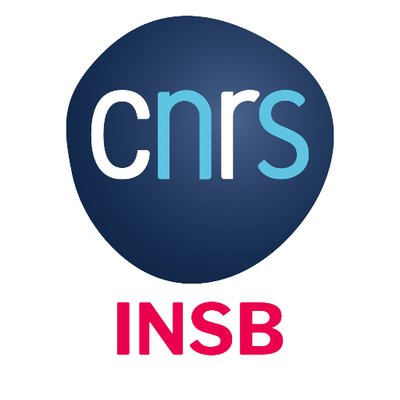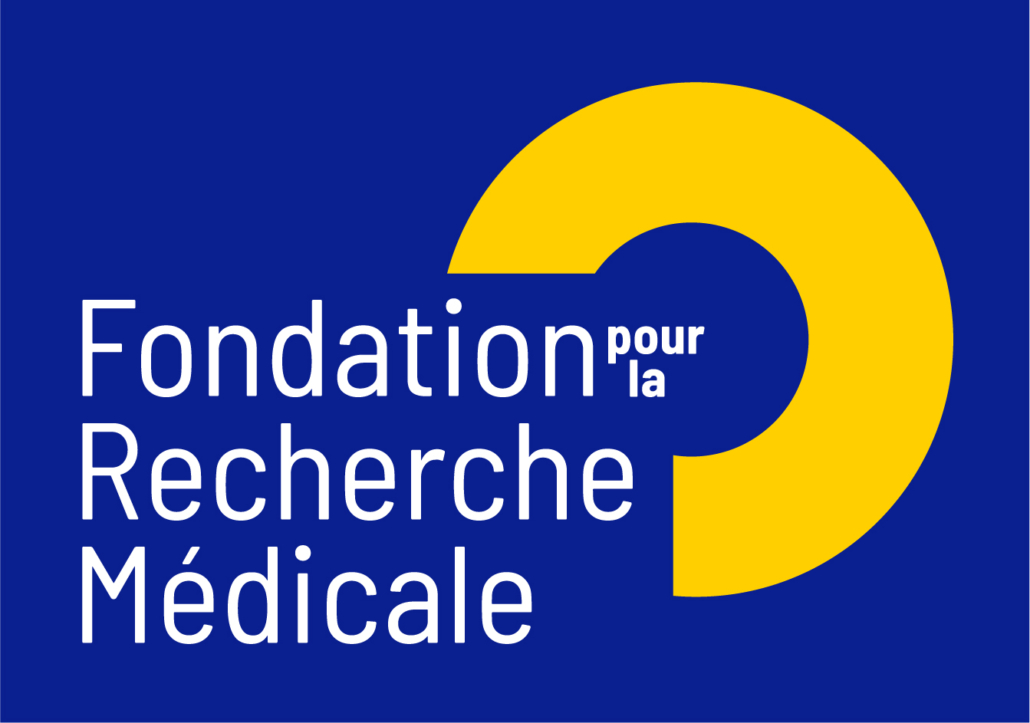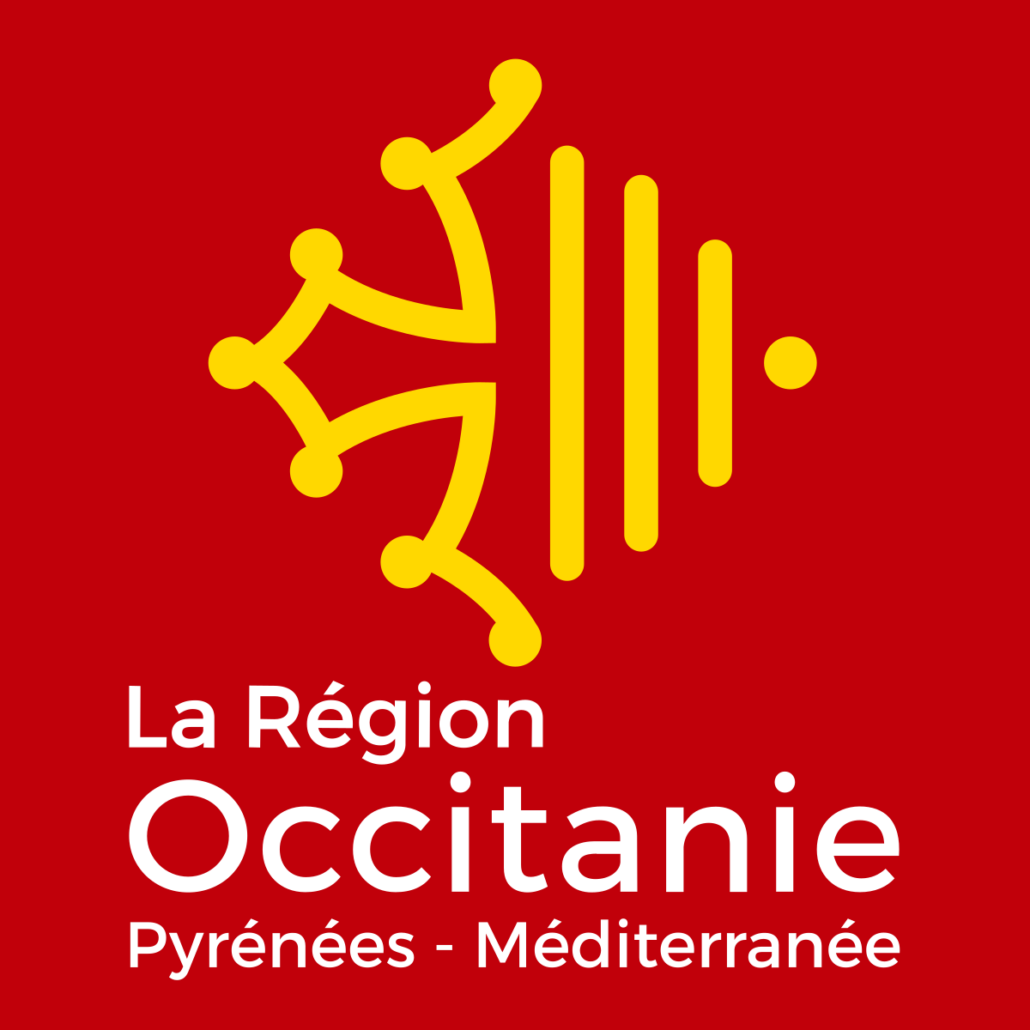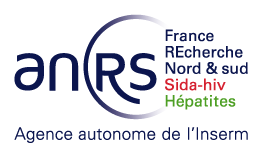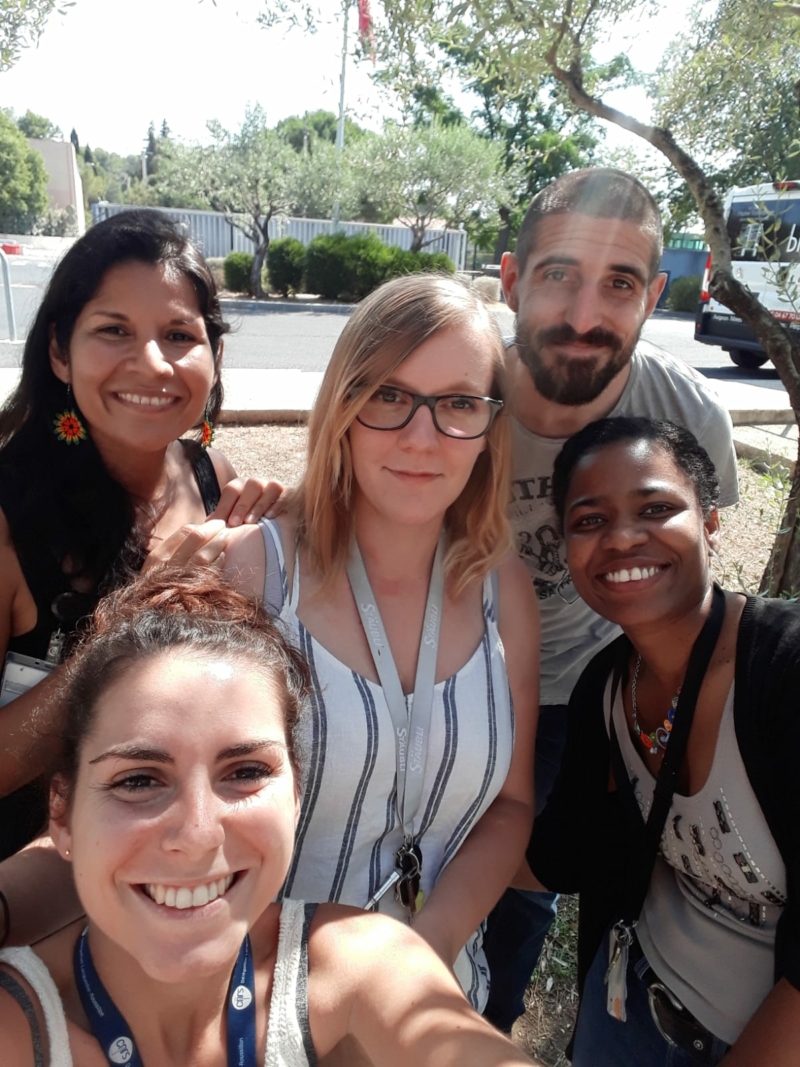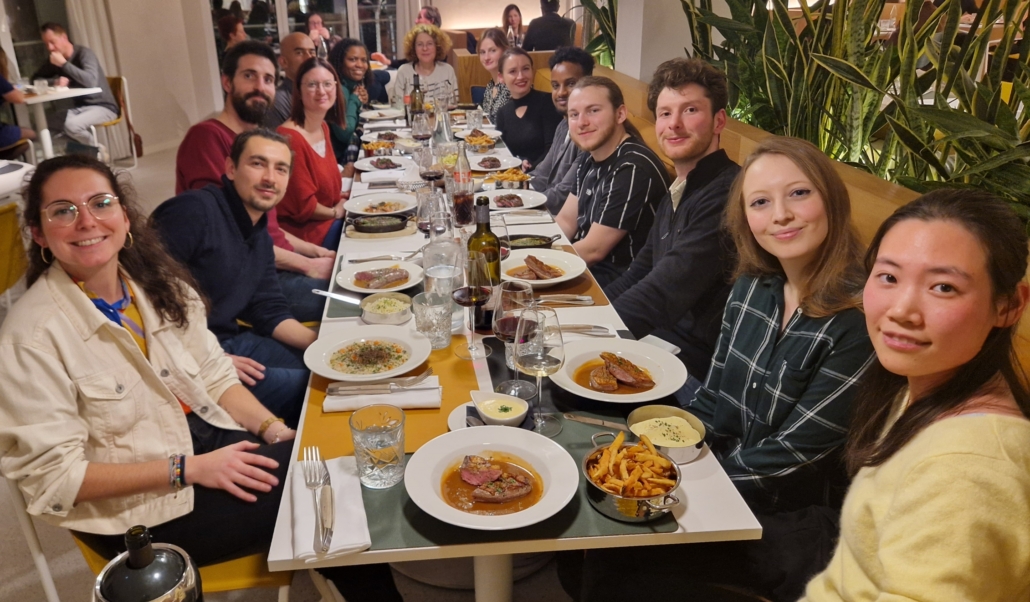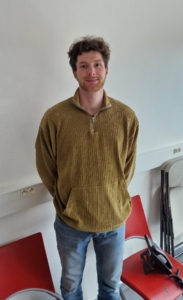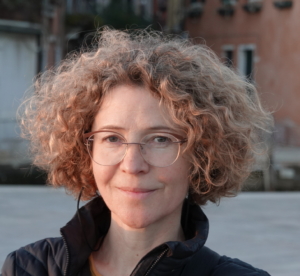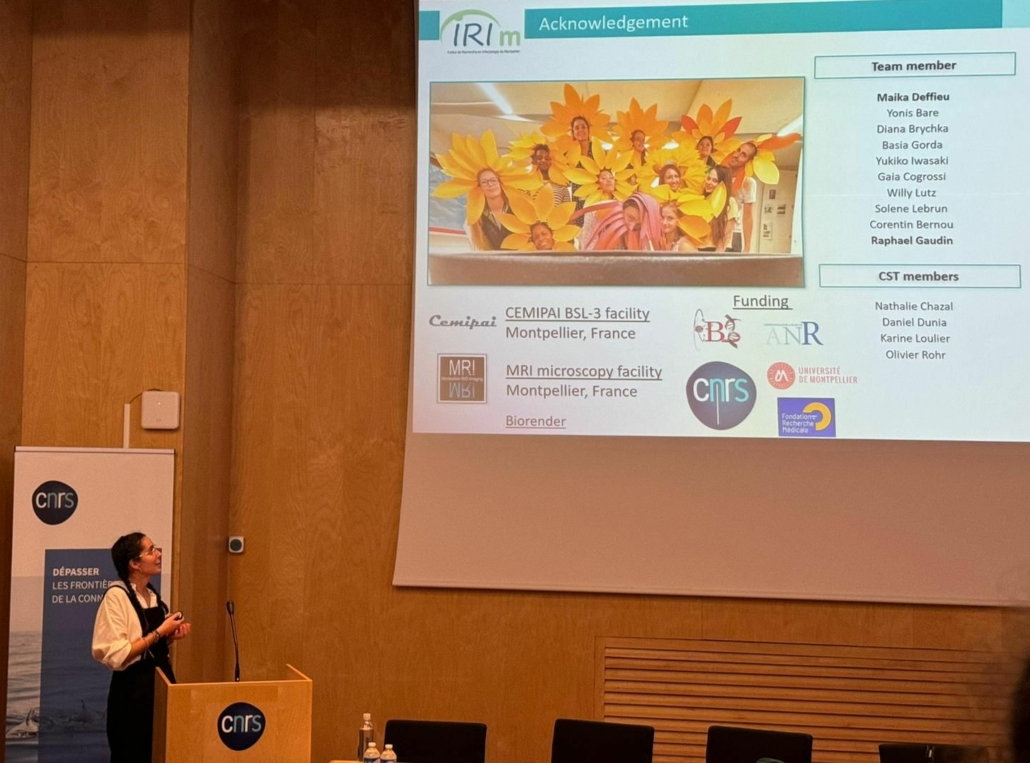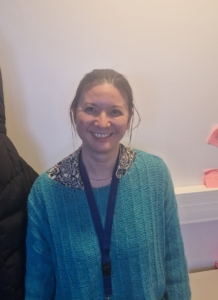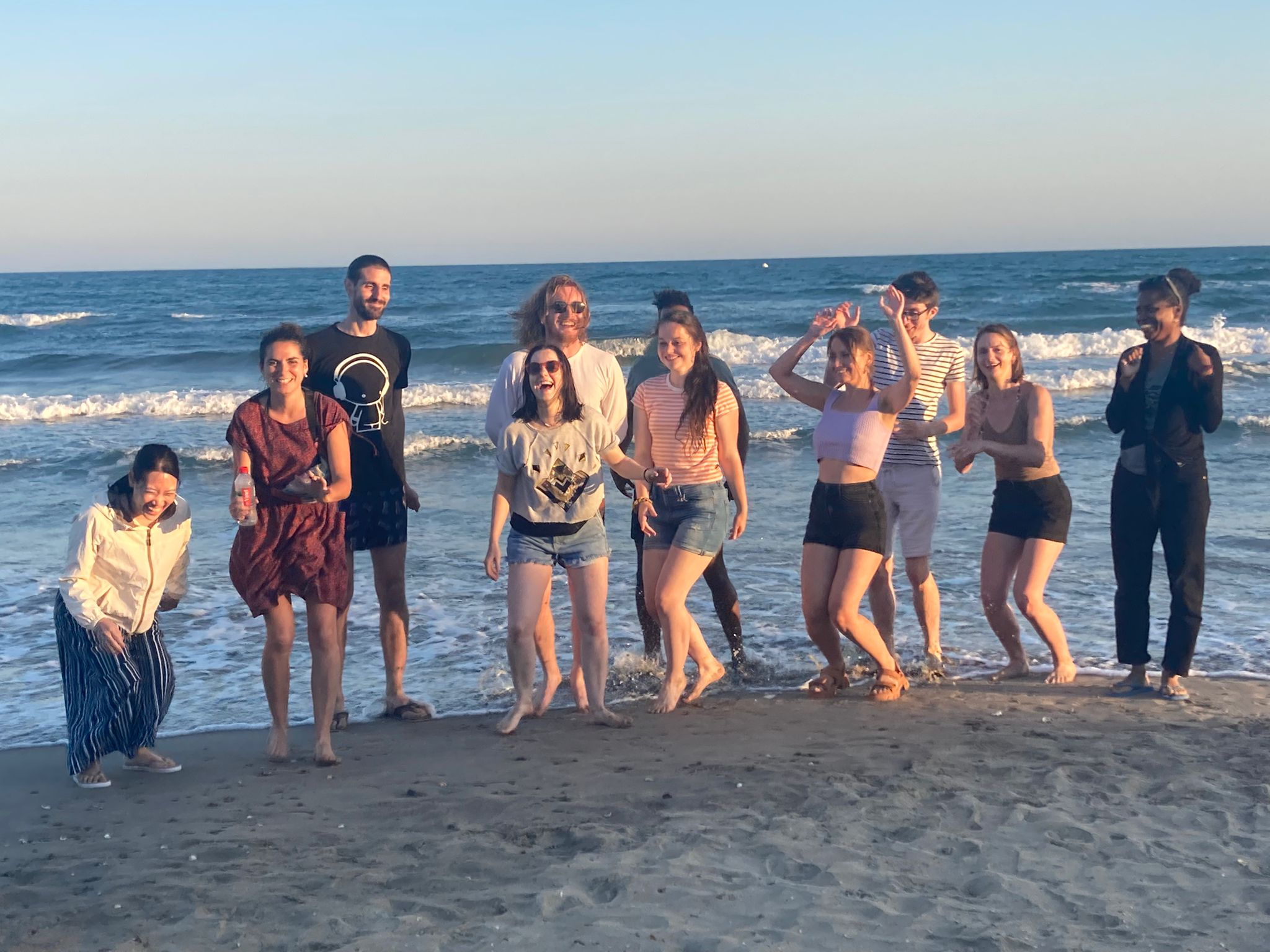Our keywords: Virology, neurobiology, cell biology, synaptic plasticity, intracellular trafficking, neurodegeneration, live cell imaging, machine learning, antivirals, secretion, extracellular vesicles, … Viruses we particularly like these days: Coronaviruses, Flaviviruses, Bunyaviruses, Hepatitis B virus, HIV, …
The team members are working together on interdisciplinary fields in order to tackle major questions associated to virology, cell biology and neurobiology.
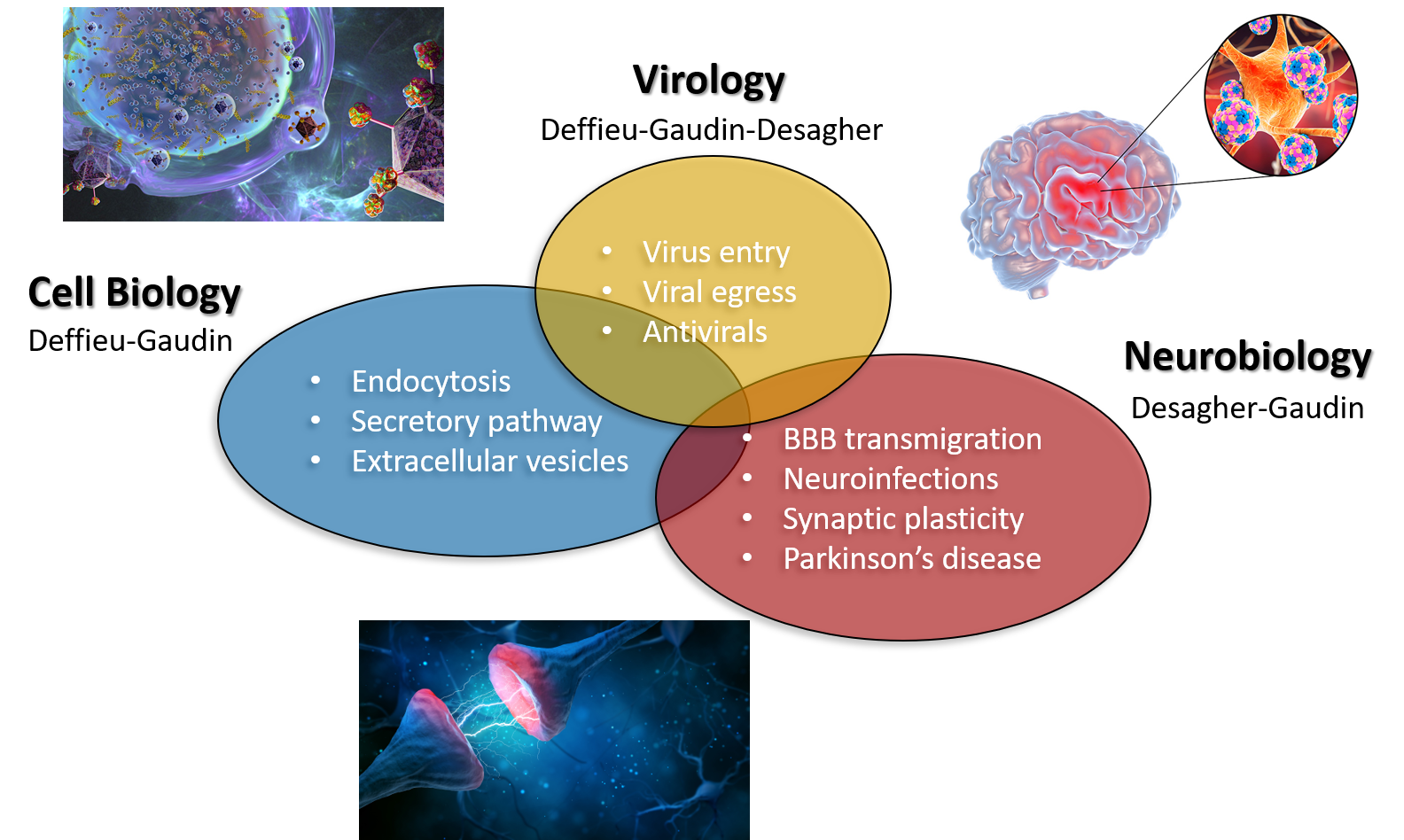
Plasmids from the team are available at:
Our team « Membrane Dynamics & Viruses » (MDV) aims at studying virus-host interactions at different spatiotemporal scales. The viruses studied in the lab allow us to better understand physiological molecular and cellular mechanisms, and vice-versa, the investigation of cellular processes provides valuable information regarding viral subversion mechanisms.
Specifically, our projects are focusing on three complementary axes:
- The intracellular transport in/out: how do viruses (HBV, HCV, SARS-CoV-2, …) interact with their receptor at the cell surface of target cell? Conversely, how does the cell control neo-synthesized transmembrane viral receptor secretion and extracellular vesicles?
- How viruses (Zika and HIV) cross the blood-brain barrier? What is the impact of brain exposure to viruses (Flaviviruses, Coronaviruses, Bunyaviruses, HIV, …)?
- Development of novel antiviral molecules with broad spectrum. How to improve their potency, stability, solubility, bioavailability? What is the host protein targeted?

In project I, we have identified that DNAseI is encapsidated into viral particles during HBV assembly (Hallez et al., Nature Microbiol, 2019) and imaged the association of Core-DNAseI in real time (Figure 1).
Figure 1. 5D reconstruction of the spatiotemporal dynamics of HBV-Core (green) and DNAseI (red).
As part of project II, we found that Zika virus and HIV enhance monocyte transmigration through the blood-brain barrier in vitro and in vivo. Our results reinforce the “Trojan Horse” hypothesis (Figure 2).
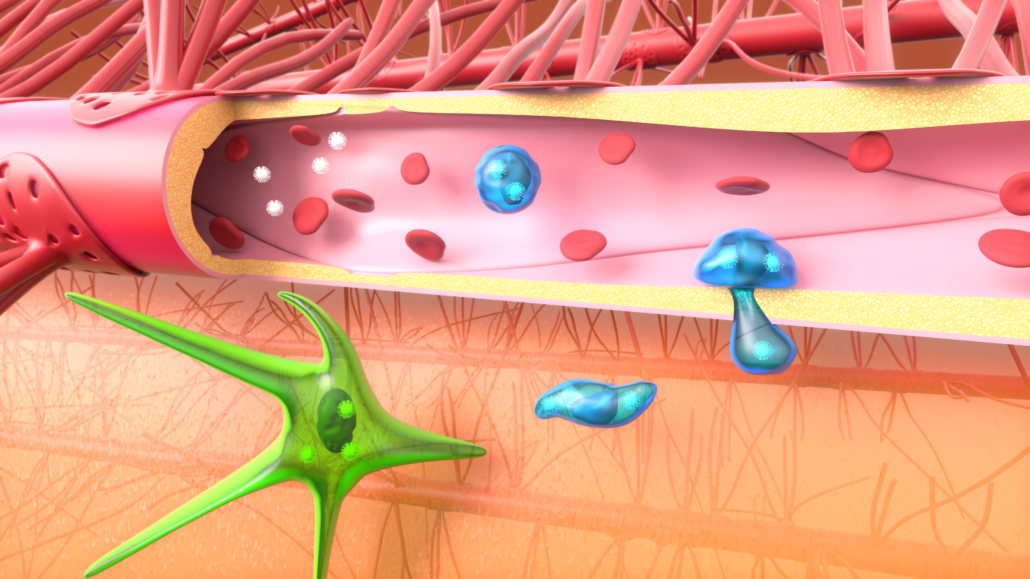
Figure 2. Viral particles in the bloodstream infect (or are captured by) blood cells, which will transmigrate through the endothelium, allowing the virus to cross this impermeable barrier.
We are routinely employing techniques related to the study of HBV, HCV, HIV, and Zika viruses, including RT-qPCR, Western blot, flow cytometry, immunostaining, RNA interference, plaque assays, …
We also developed advanced methods for the study of virus-host interactions such as CRISPR/Cas9 knock-in/out, RUSH, high resolution 3D confocal live cell imaging, mass spectrometry, xenotypic zebrafish embryo model system, human explants, cerebral orgaoids derived from stem cells, …
We have implemented the culture of stem cell derived cerebral organoids in the lab (Figure 3).


Figure 3. Confocal imaging of cerebral organoids
The philosophy of the lab is to go beyond technological limitations, not accepting “we can’t do it” as an answer, but rather “how are we going to achieve it?”.
The team is affiliated to the French society for cell biology (SBCF) and R.Gaudin is an elected member of the SBCF board council since 2016
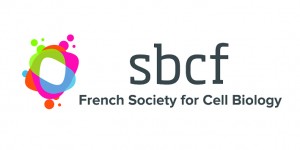
R.Gaudin has been nominated as “full member” of the World Society for Virology (WSV) in 2019.

Funding
Ongoing:
- ANRS, ANR, CNRS-INSB, SATT AxlR.
Past (since 2016) :
- Atip-Avenir, FRM, EMBO LTF, INSERM-région, chaire d’attractivité Idex (University of Strasbourg), Prestige (european), initiation of collaboration with China (franco-chinese ambassy).
At a glance
The MDV team studies what viruses do to cells… Or what cells do to viruses… Well, we study the intimate virus-cell relationship
Funding
